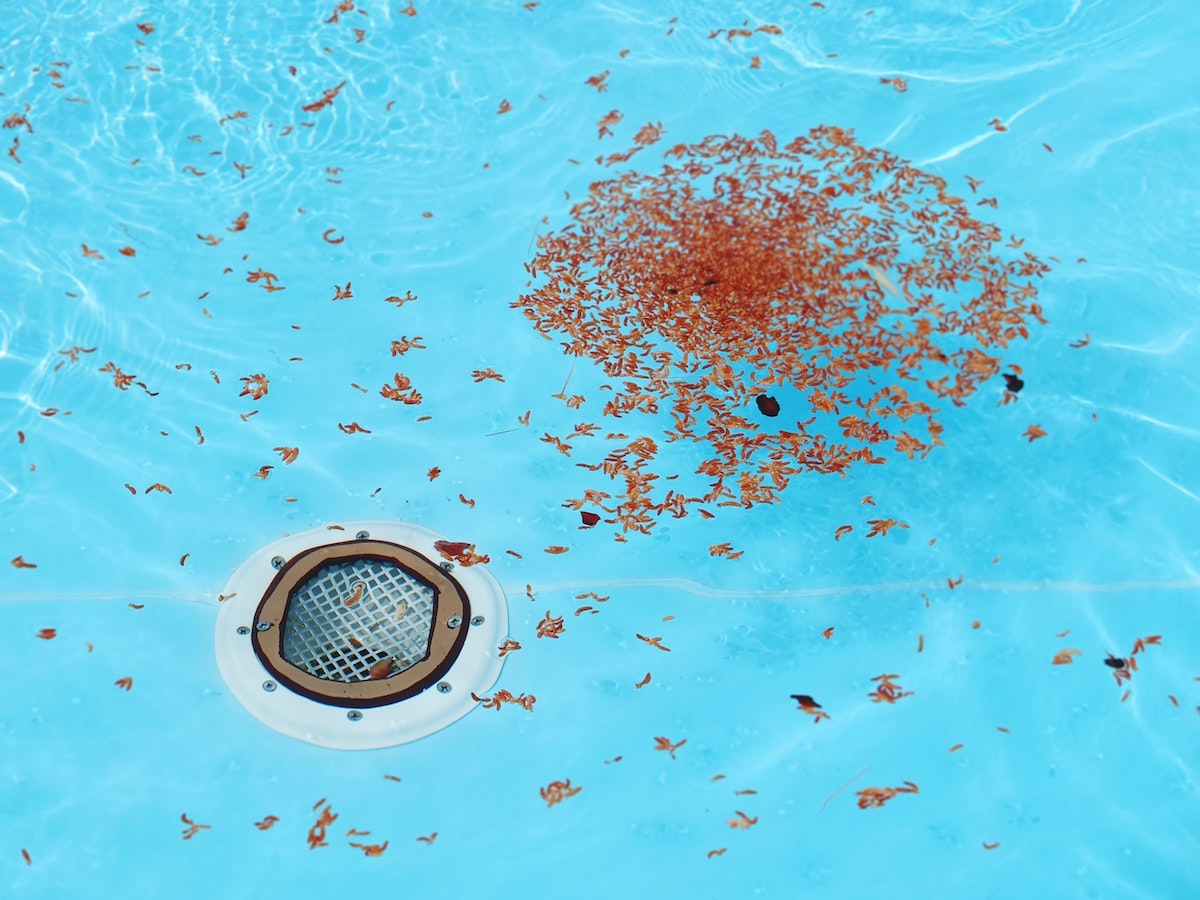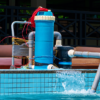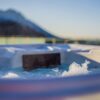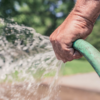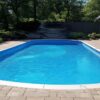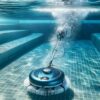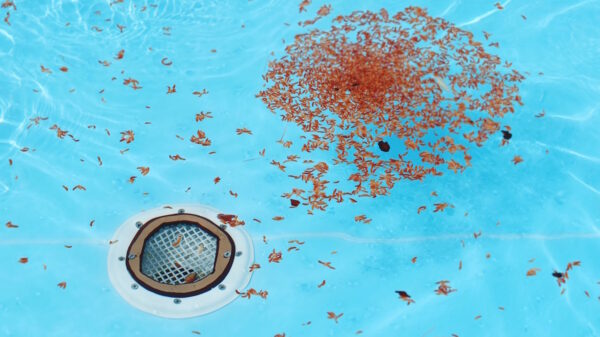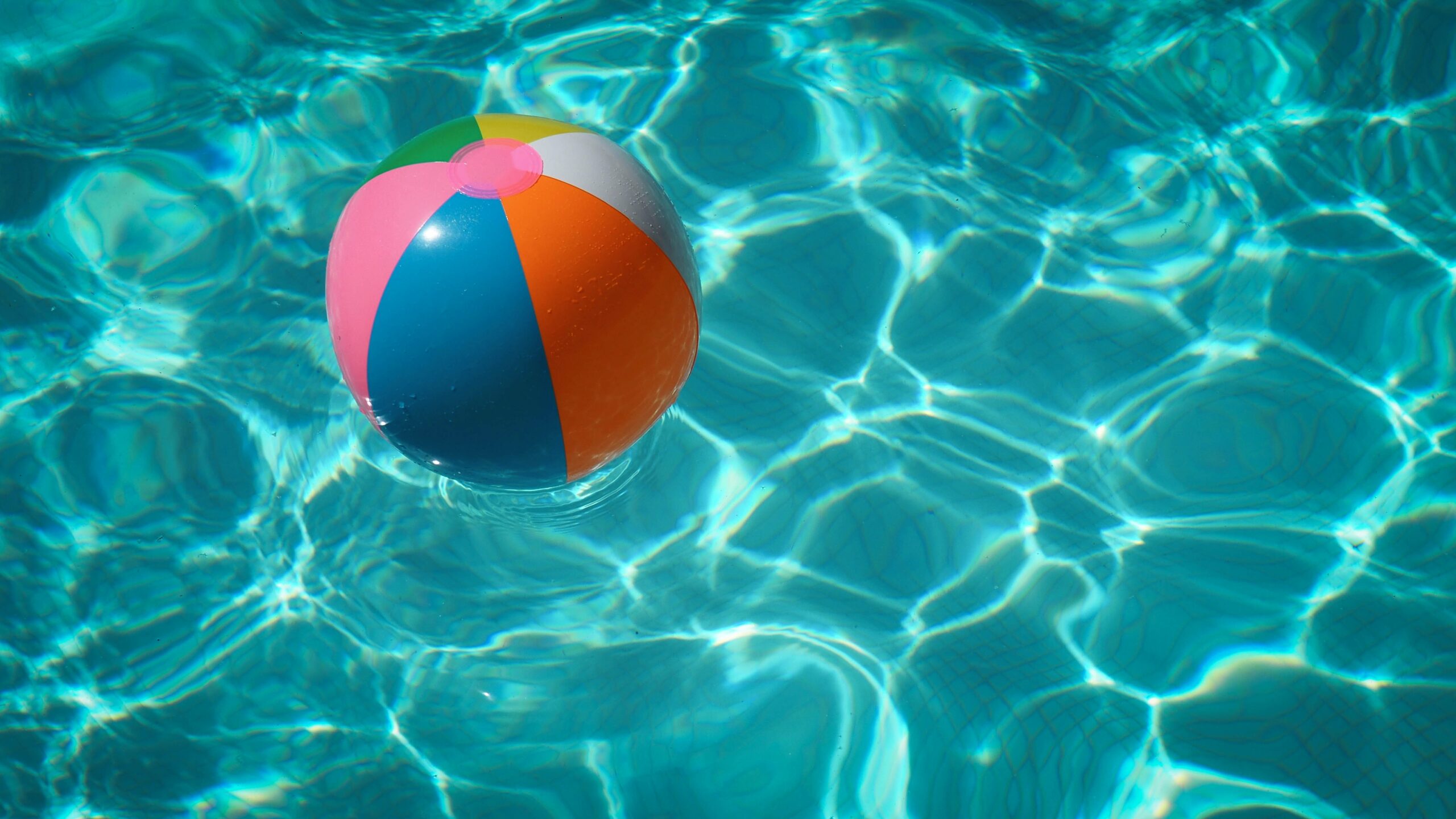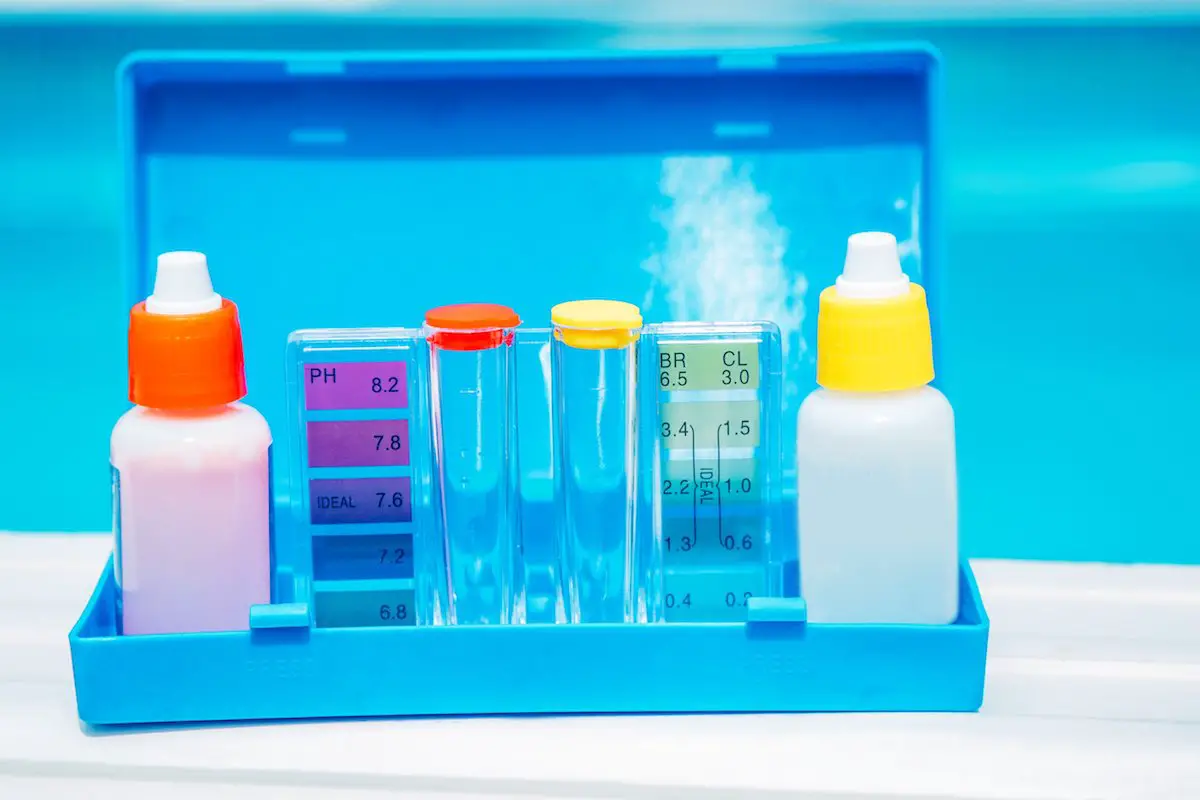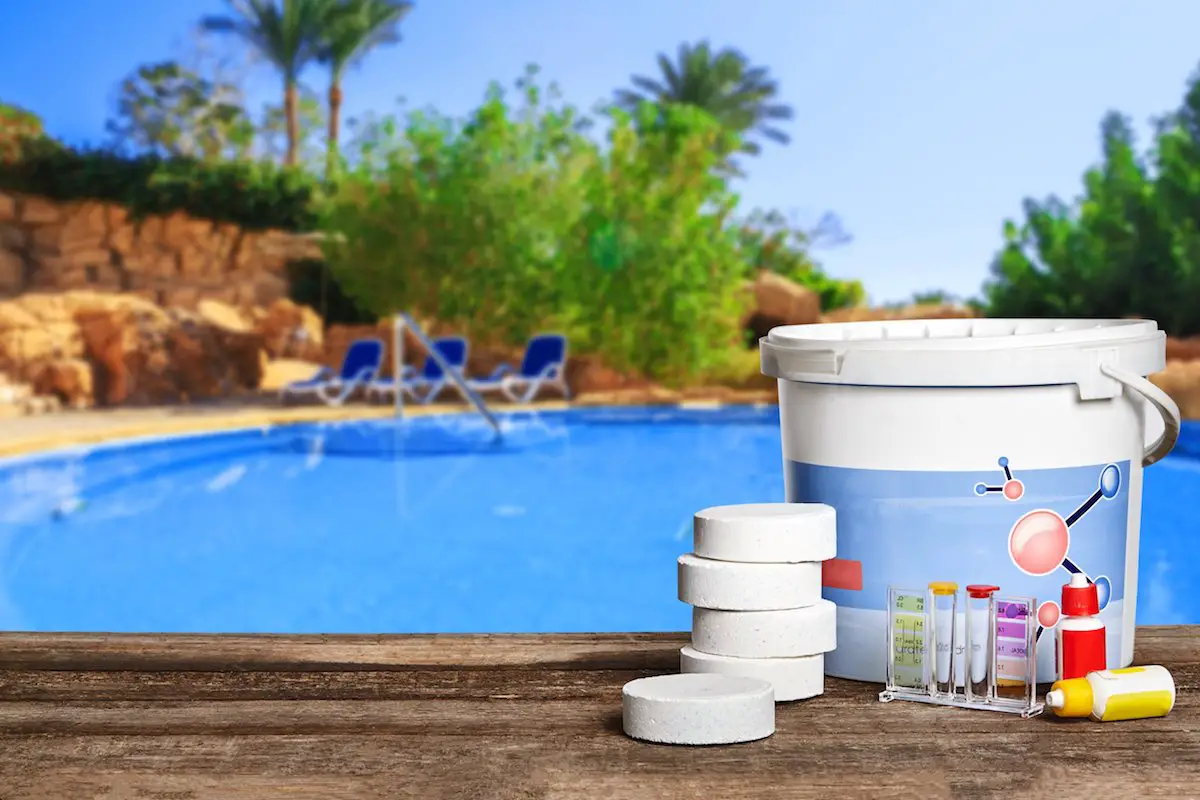How to Quickly Drain Your Pool Without a Pump
There’s nothing like cooling off from the summer heat in your pool. If you’re lucky enough to have a pool, you know that it’s a great way to beat the heat. But what you may not realize is that owning a pool also comes with a lot of responsibility. You have to pay attention to several things.
In addition to regular cleaning, you also have to maintain the pH levels of the water and make sure there are no leaks. It’s important to test the pH levels of your pool water regularly, as even small changes can make it unsafe for swimming. The ideal pH level for pool water is between 7.2 and 7.6. If the pH level gets too high or too low, it can cause skin and eye irritation, and it can also damage your pool equipment.
Leaks are another common problem with pools. Even a small leak can quickly turn into a big problem, so it’s important to check for them regularly. Look for cracks in the pool liner or around the pool deck. If you see any water seeping through, it’s time to call a pool repair professional.
Owning a pool is a lot of work, but it’s also a lot of fun. Just be sure to stay on top of the maintenance and you’ll be able to enjoy your pool for many years to come. In some cases, you may need to drain your pool quickly. Here are some of our top tips for how to drain a pool without a pump!
Reasons to Drain Your Pool
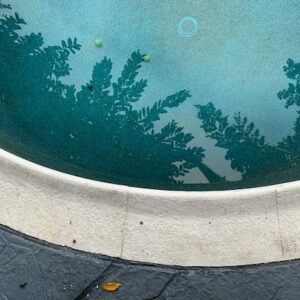 If you own a pool, it is important to drain it regularly. There are a few reasons for this:
If you own a pool, it is important to drain it regularly. There are a few reasons for this:
First, it helps to prolong the life of your pool. By draining the water and refilling it, you are getting rid of all the dirt and debris that has accumulated over time. This can help prevent wear and tear on your pool liner and other components.
Second, draining your pool also helps to keep the water clean and clear. When you allow dirty water to sit in your pool, it can lead to cloudy water and even algae growth. Draining the water regularly will help to keep your pool looking its best.
Finally, draining your pool can also help to keep your family safe. Dirty pool water can contain bacteria and other contaminants that can make people sick. By draining the water and refilling it with fresh water, you can help to ensure that your family stays healthy and safe.
How Often Should You Drain Your Pool?
It is important to drain your pool regularly to maintain it. Depending on the size of your pool, you may need to do this every few weeks or months. You can check the level of your pool’s chemicals and pH balance to determine how often you need to drain it.
If you have a lot of leaves and debris in your pool, you may need to do it more often. Draining your pool also helps to prevent algae growth.
What Are the Steps to Draining a Pool?
If you have a pool, you know that at some point you will need to drain it. Whether it is for repairs, cleaning, or just because you want to change the water, draining a pool is not a difficult task. Here are the steps to draining a pool:
If you have a pump, you can use it to drain your pool. First, remove the plug from the bottom of the pump. Then, put the end of the hose into the pool and turn on the pump. The water will flow out of the pool and into the hose.
When the water level gets low, move the hose around so that you can continue draining all of the water. Once the water is gone, put the plug back in the pump and turn it off.
Not all pools come with a pump, but most do. Pumps are an important part of pool maintenance, as they circulate the water and help to keep it clean. If your pool does not have a pump, you may want to consider purchasing one.
Is it Possible For the Pump to Break?
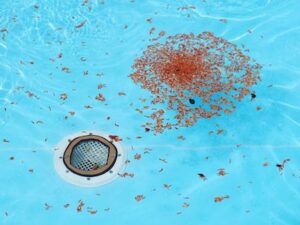 If your pool pump breaks, it can be a real pain. Not only will you have to replace the pump, but you’ll also need to repair any damage that was caused by the break. Here’s a look at how a pool pump can break, and what you can do to prevent it.
If your pool pump breaks, it can be a real pain. Not only will you have to replace the pump, but you’ll also need to repair any damage that was caused by the break. Here’s a look at how a pool pump can break, and what you can do to prevent it.
The most common cause of a broken pool pump is overheating. If your pump isn’t properly cooled, it can overheat and break down. To prevent this, make sure that your pump is properly installed and that there’s plenty of airflow around it.
You should also check the cooling fins on the pump regularly to make sure they’re not clogged with dirt or debris.
Another common cause of a broken pool pump is a clogged impeller. The impeller is what helps move water through the pump, and if it becomes clogged, the pump can’t do its job. To prevent this, regularly clean out the impeller area of your pump. You can use a brush or a vacuum to remove any dirt or debris that’s accumulated.
If your pool pump breaks, it’s important to get it repaired as soon as possible. Otherwise, you could end up damaging your pool or causing injuries. Make sure to contact a professional pool repair company to get your pump fixed quickly and safely.
How Do You Drain Your Pool if The Pool Pump is Broken?
If your pool pump is broken, you will need to drain your pool. There are a few different ways that you can do this.
- One way is to use a submersible pump. This type of pump is designed to be used underwater. You will need to place the pump in the deepest part of the pool and then turn it on. The water will then be pumped out of the pool.
- Another way to drain your pool is to use a garden hose. Attach the hose to a faucet and then turn on the water. The water will flow out of the hose and into the drain.
- You can also use a sump pump to drain your pool. This type of pump is designed to be used above the water. You will need to place the pump in the shallowest part of the pool and then turn it on. The water will be pumped out of the pool and into the drain.
- Finally, you can use a swimming pool cover to drain your pool. This type of cover is designed to allow water to flow through it while keeping debris out. Place the cover over the pool and then turn on the pump. The water will be pumped out of the pool and into the drain.
No matter which method you choose, you will need to make sure that you monitor the progress of the draining process. Once the water level gets too low, you will need to stop pumping or you could damage your pool. Once the pool is empty, you can then repair or replace the broken pump.
Things to Note When Draining Your Pool
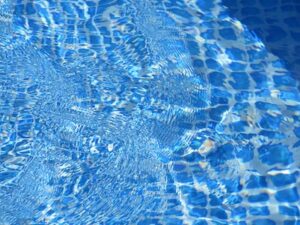 If you have decided to drain your pool, there are a few things you need to keep in mind. First, it is important to understand that this process can be quite risky. One of the most common problems that can occur is pool popping, where the ground below the pool pushes it up and out of the ground.
If you have decided to drain your pool, there are a few things you need to keep in mind. First, it is important to understand that this process can be quite risky. One of the most common problems that can occur is pool popping, where the ground below the pool pushes it up and out of the ground.
This is because, without the weight of the pool water pressing down on the ground beneath it, the pool becomes vulnerable to the earth’s strong upward forces.
It is best not to drain your pool during or after the rainy season, and only do so if necessary. If you do decide to go ahead with it, make sure to dispose of the pool water correctly.
Draining your pool also leaves it vulnerable to sunlight and heat, which can cause the liner to shrink. If this happens, the liner will no longer fit snugly against the walls and floor of the pool and will need to be replaced.
Prioritize Pool Maintenance
A pool is a great addition to any home. It provides a place to cool off on hot days and a place to exercise. However, pools require some maintenance to keep them clean and safe.
If you own a pool, it’s important to have a pump. A pool pump circulates the water in your pool, keeping it clean and clear. It also helps to prolong the life of your pool by preventing the water from becoming stagnant. Having a pool pump is essential for maintaining your pool and keeping it in good condition.
However, hopefully, the tips that we have given you will help in guiding you if you don’t have a pump for it. As long as you are careful and consistent with your maintenance, you shouldn’t have any problems which mean you can spend less time worrying about your pool and more time enjoying it.

